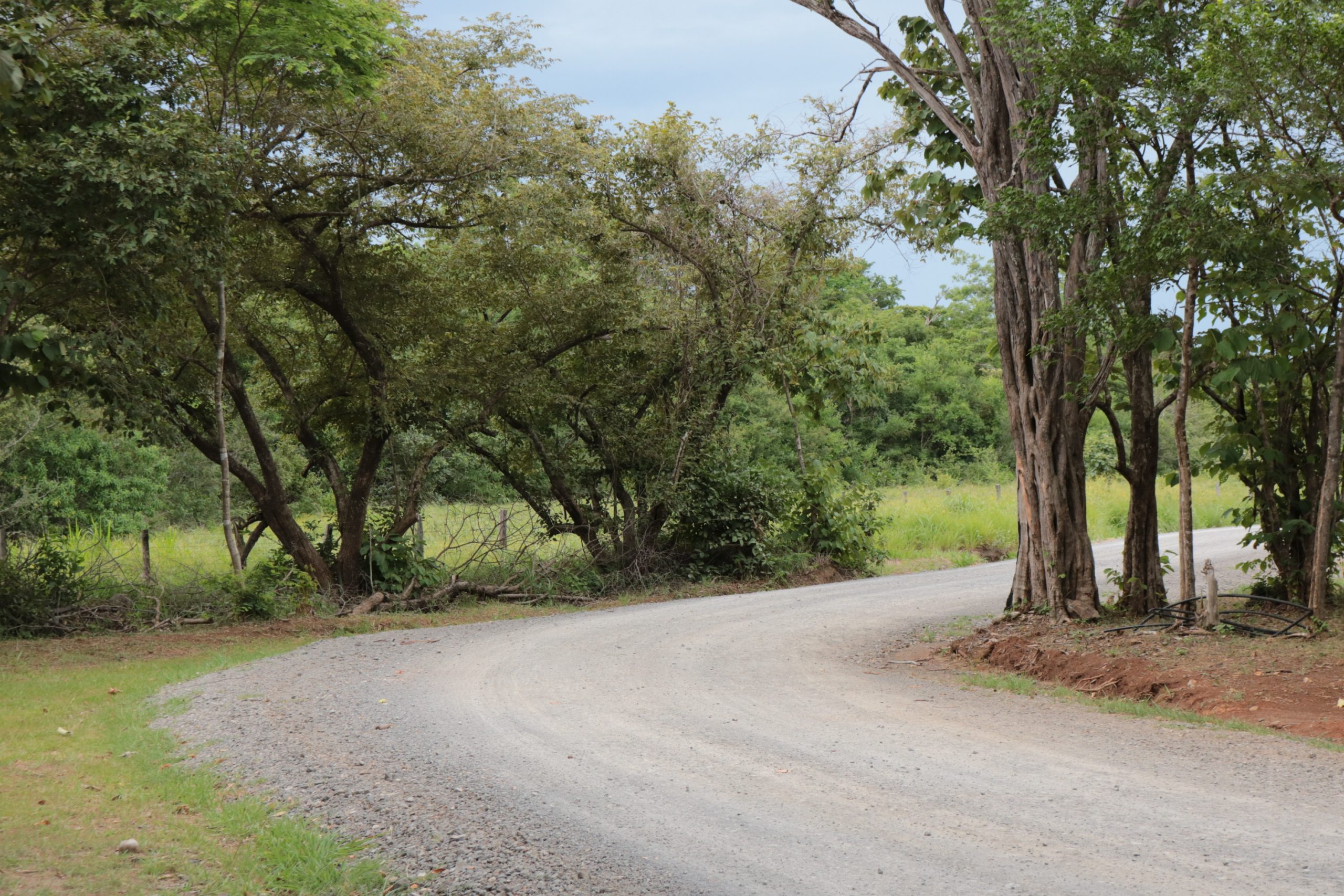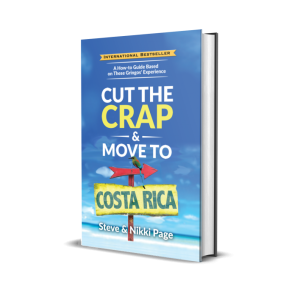Driving the Back Roads in Costa Rica: Exploring Scenic Routes and Hidden Gems
Driving the backroads of Costa Rica offers a unique glimpse into the country's rich landscapes and vibrant culture.
With every turn, we encounter lush rainforests, majestic waterfalls, and charming villages. The real adventure lies in the unexpected discoveries along these less-traveled paths.
We find that navigating these roads requires a spirit of adventure and a reliable vehicle. The terrain can be challenging, but it rewards us with stunning views and authentic experiences.
This journey provides an opportunity to connect with the heart of Costa Rican life and natural beauty.
Exploring these hidden gems allows us to escape the typical tourist routes and immerse ourselves in the essence of Costa Rica. From remote beaches to secluded mountain trails, the backroads beckon us to discover the uncharted wonders of this incredible country.
Preparing for Your Journey
Driving the backroads in Costa Rica requires thoughtful preparation to ensure a smooth and enjoyable trip.
Key considerations include selecting an appropriate rental car, understanding your insurance options, and having reliable navigation tools.
Choosing the Right Rental Car
When renting a car for back-road adventures in Costa Rica, a four-wheel drive (4WD) vehicle is highly recommended due to the uneven terrain. SUVs provide additional comfort and stability.
We should consider car rental companies such as Discover Cars that offer various models suited for different needs. It's essential to compare prices and reviews to find a reliable rental car. Comfort and capability are crucial for navigating the unpaved roads.
A checklist:
- Choose a reputable car rental company.
- Opt for a 4WD vehicle or SUV.
- Verify the car's condition before leaving the lot.
Understanding Insurance Options
Insurance is mandatory for all rental cars in Costa Rica. The National Insurance Institute (INS) provides the required liability insurance.
Additionally, rental car companies offer the Collision Damage Waiver (CDW) and other coverage options. Our credit card insurance might cover some rental car insurance needs, but it's important to verify specific provisions.
Here's a breakdown:
- Mandatory Liability Insurance: Covers third-party damages.
- Collision Damage Waiver (CDW): Reduces financial responsibility for damage.
- Credit Card Insurance: Check if it includes rental car insurance.
Understanding these options helps us avoid unexpected costs and ensures full coverage during our journey.

Navigation and Maps
Reliable navigation is crucial when driving Costa Rica's backroads. Google Maps and Waze are popular choices. However, these apps require data, which may be limited in remote areas.
Downloading offline maps before our trip can ensure constant guidance. Some car rental companies offer GPS devices as an additional service.
Tips:
- Use Google Maps or Waze for real-time navigation. (Waze worked better)
- Download offline maps for areas with poor data coverage.
- Consider renting a GPS device if available.
Ensuring we have accurate navigation tools will help us stay on track and reach our destinations without unnecessary detours.
Driving in Costa Rica
Driving in Costa Rica presents a unique experience with varying road conditions and weather, along with specific traffic laws and requirements. Understanding these factors helps ensure a smooth and safe journey.
Tackling Road Conditions and Weather
Costa Rica's road conditions can be quite diverse. In rural areas, unpaved roads and dirt paths are common, and after rainfall, they can become muddy and treacherous.
Rainy Season, from May to November, often leads to puddles and occasional mudslides, impacting travel.
The Dry Season offers clearer roads but presents its own challenges with dust and occasional potholes.
Keeping an eye on local weather forecasts and road reports helps avoid unexpected hazards like blocked bridges or reduced visibility.
Gas stations can be sparse in remote areas. It’s wise to fuel up in towns and carry cash as not all stations accept cards.
Navigating Through Traffic and Hazards
Traffic can be congested, especially during rush hour in cities. Narrow roads and frequent speed bumps require attentive driving.
We should maintain a safe distance from other vehicles to avoid accidents, especially when navigating around pedestrians and cyclists.
Road signs and driving rules may differ. Speed limits vary with the area: urban zones generally max at 50 km/h, while highways are around 80 km/h.
Be cautious of unexpected hazards such as potholes and animals crossing.
Parking can be tricky. Avoid leaving valuables in plain sight to prevent theft. Use secured parking lots and pay attention to "No Parking" signs to avoid fines.
Legal Requirements and Driving Laws
Having a valid driver’s license is crucial. Most tourists can use their home country license for up to 90 days. Carry this, along with insurance papers and a passport copy, at all times.
Police may set up routine traffic stops. Being respectful and showing documentation aids a smooth interaction.
Seat belts are mandatory for all passengers. Drinking and driving are strictly prohibited, with severe penalties in place.
Understanding these key aspects ensures we drive legally and safely. Obeying traffic laws, such as using seat belts and adhering to speed limits, protects us and others on the road.
Exploring the Destinations
Driving the backroads of Costa Rica offers a unique blend of adventure and hidden gems. From diverse landscapes to accommodation options and facilities, let's explore what makes each destination special.
Costa Rica's Diverse Landscapes
Costa Rica's landscapes vary from lush cloud forests to volcanic regions and pristine beaches.
Monteverde is famous for its cloud forests, where we can hike and take canopy tours.
The Nicoya Peninsula, known for its stunning beaches, is a great spot for surfing and relaxation.
National parks such as Arenal Volcano National Park offer breathtaking views and thrilling activities like hiking and wildlife spotting.
We should also explore lesser-known spots, such as waterfalls hidden in the rainforests, which provide a serene escape from busier tourist attractions.
Where to Find Accommodation
Accommodation options in Costa Rica are extensive, ranging from luxury hotels to budget-friendly hostels. In locations like Monteverde and Liberia, numerous lodging options are available to cater to different preferences.
Hotels near national parks provide convenient access to outdoor adventures, while boutique stays offer a more intimate experience.
When planning our trip, we should consider proximity to main attractions and amenities like Wi-Fi and breakfast services.
Agreements at rental properties require a passport and sometimes a deposit, so it's wise to book in advance to secure preferred options.
Fueling and Facilities
While exploring, it's essential to know where to find fueling stations and facilities.
In Costa Rica, gas prices can fluctuate, and attendants at stations often assist with fueling.
Most major towns and tourist areas have ample fueling points.
For remote destinations, it's advisable to fill up the tank beforehand since facilities might be sparse.
Rest stops and facilities along the backroads offer basic necessities like restrooms and snacks.
Using a ferry might be necessary for certain routes, such as reaching parts of the Nicoya Peninsula, so planning our route accordingly can save time and ensure a smoother journey.

Concluding Your Trip
When wrapping up your journey through Costa Rica's backroads, focus on the practical details such as returning your rental car and considering future visits. These steps ensure a smooth end to your adventure and help you plan for next time.
Returning Your Rental Car
We should return the rental car in the same condition we received it to avoid additional fees.
Inspect the car carefully, noting any damage from dust or river crossings. Ensure the car is clean, especially if we've traversed mountainous regions or toll roads.
Returning the car at the airport simplifies the process. Options include Liberia Airport or San Jose, depending on our departure schedule.
Always fill the gas tank to avoid high refueling costs charged by rental car companies.
Checklist for Returning Rental Cars:
- Inspect for Damage: Check for scratches, dents, or other damage.
- Cleanliness: Remove trash and clean the car if needed.
- Full Gas Tank: Refuel before returning.
- Documents: Keep rental agreements and receipts handy.
Planning for Future Visits
After driving across Costa Rica, it's helpful to think about our next visit.
Consider the best seasons to return. Keep in mind the cost and weather conditions. Avoid rainy seasons if we prefer dry, paved roads and fewer river crossings.
We might also adjust our itineraries based on what we've learned.
If we enjoyed more freedom and less tourist-heavy areas, we can explore more remote regions next time.
Tips for Planning Future Trips:
- Best Season: Dry season for better road conditions.
- Explore More: Visit new, less crowded areas.
- Budget: Plan for costs related to toll roads and rental cars.
- Safety: Be cautious about potential scams and ensure reliable rental car companies.









